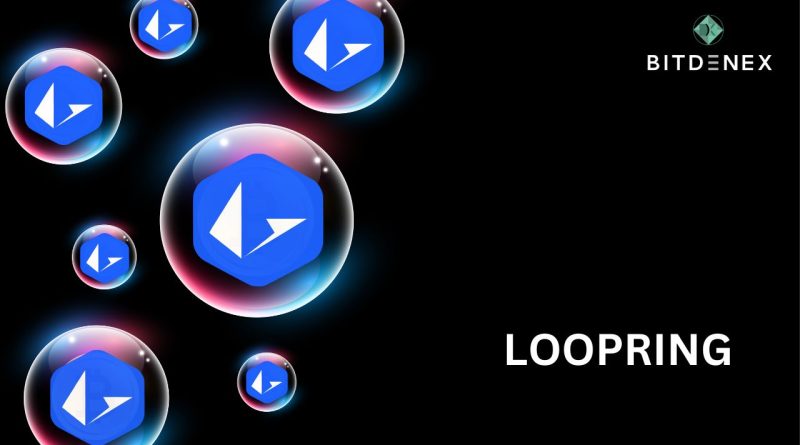What Is Loopring and How Does it Work?
If you believe the future of finance is on Ethereum, your confidence may have been tested by transaction fees of up to $200 and the blockchain’s limit of 14 transactions per second.
Even though the Ethereum merger has completed the long-awaited transition of the blockchain to a proof-of-stake consensus mechanism, issues with high transaction fees and congestion remain.
The blockchain-based project Loopring is one protocol that aims to help with these issues (LRC). According to a former business executive, Loopring has developed layer 2, or companion system, technology to help Ethereum scale, or increase capacity, by up to 1,000x. Furthermore, the scalability improvements are said to have no effect on the Ethereum protocol’s security.
What is the Loopring protocol?
Loopring is a programme that runs on top of Ethereum’s blockchain (a layer 1, or base, blockchain). This means that Loopring aims to speed up the Ethereum experience by processing elements of Ethereum transactions on its own network. Consider it like creating a side road off the main highway to help relieve congestion.
Loopring’s developers claim that this enables the protocol to achieve throughput 1,000 times that of Ethereum, with peaks of 2,025 transactions per second. Unlike Ethereum’s exorbitant fees, Loopring transactions cost less than a cent. Other blockchains, such as Avalanche and Solana, that claim to be faster and cheaper than Ethereum may have caught your attention. These, however, are known as layer 1 blockchains, as opposed to Loopring.
Key features of Loopring
Loopring achieves its high throughput and low cost through the use of zkRollups. Let’s dissect that.
Zk is an abbreviation for “zero-knowledge proofs,” which is an abbreviation for “zero-knowledge proofs.” This is a method of privately processing transactions. It enables one party to demonstrate to another that something is true without providing any additional information about the transaction itself. A zero-knowledge proof could tell you that it is raining today without you having to look out the window, or it could show a border control agent that you are eligible to enter the country without you having to reveal your name and address. Zero-knowledge proofs are essential for cryptocurrency protocols that do not want to 16leak excess information to third parties or rely on a central organization in the event of a failure.
Loopring’s token
The Loopring network is powered by the Loopring utility token (also known by its ticker, LRC). LRC was launched in 2017 and is primarily responsible for powering Loopring’s decentralized exchange, which will go live in February 2020. Each time you make a trade on the DEX, you must pay in LRC. Approximately 80% of the funds are distributed to liquidity providers, with the remainder distributed to insurers and Loopring’s decentralized autonomous organization (DAO).
What makes the LRC prices go up and down?
LRC, like any cryptocurrency, is extremely volatile. LRC exploded at the end of October 2021, rising from $0.38 to all-time highs of $3.70 in a matter of days. Analysts attributed the price increase to rumors that GameStop, the video game retailer at the center of a social media-fueled surge at the start of 2021, would use Loopring to create a marketplace for trading non-fungible tokens (NFT)blockchain-based art.
This rumour came true, as GameStop used Loopring to launch its NFT marketplace. This, however, has not caused the price to return to previous highs. The price of LRC in 2022 has plummeted along with the majority of tokens during the crypto bull market, reaching as low as 30 cents in September 2022.
Buy and sell crypto in minutes with 0.20% trading fees at Bitdenex Exchange.

